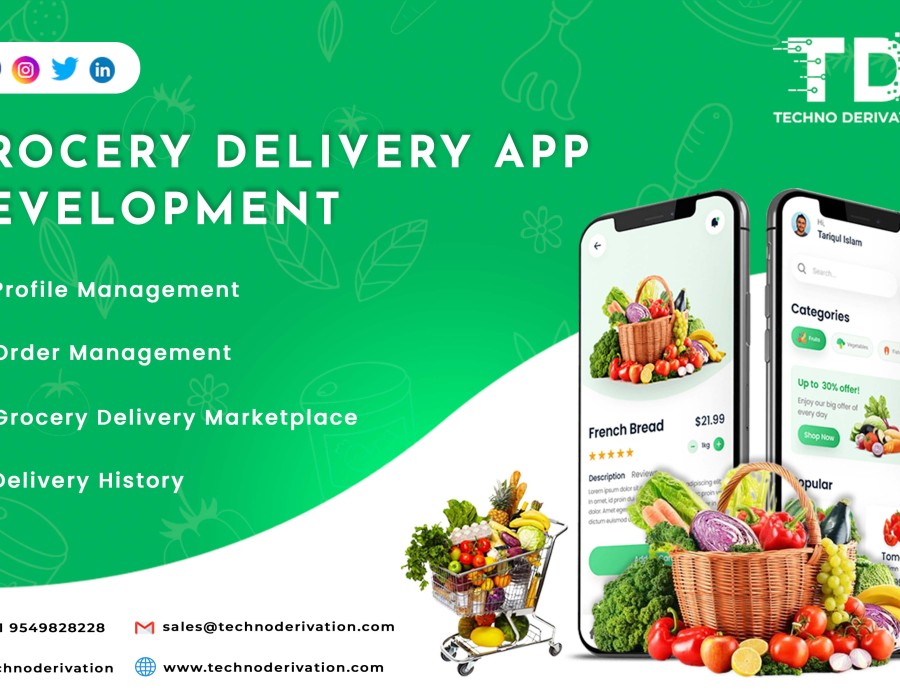In today's fast-paced world, convenience is key. With the rise of technology, traditional tasks like grocery shopping have evolved, thanks to the development of grocery delivery apps. These apps have revolutionized the way people shop for groceries, offering a seamless and efficient experience right at their fingertips.
One of the primary advantages of grocery delivery apps is the convenience they provide. Instead of physically going to the store and navigating crowded aisles, users can simply browse through a virtual catalog, select their items, and have them delivered to their doorstep. This convenience is particularly beneficial for busy individuals, elderly people, or those with mobility issues.
Moreover, grocery delivery apps offer a wide range of products, often partnering with local supermarkets, specialty stores, and even farmers' markets. This extensive selection ensures that users can find everything they need in one place, from fresh produce to pantry staples and household essentials.
The development of these apps involves several key components. First and foremost is the user-friendly interface, designed to make navigation and shopping a breeze. Features such as search functionality, personalized recommendations based on past purchases, and easy payment options enhance the overall user experience.
Another crucial aspect is the integration of real-time inventory and delivery tracking. This ensures that users can see what items are available, track the status of their orders, and receive updates on delivery times. Advanced algorithms also optimize delivery routes, reducing delivery times and ensuring efficiency.
Security is paramount in grocery delivery apps, with robust encryption protocols to safeguard users' personal and financial information. Additionally, many apps offer contactless delivery options, providing an added layer of safety, especially during health crises like the COVID-19 pandemic.
Looking ahead, the future of grocery delivery apps is promising. Advancements in technology, such as AI and machine learning, will further personalize the shopping experience, offering tailored recommendations and improving order accuracy. Integration with smart home devices may also allow for seamless voice-activated shopping.
In conclusion, grocery delivery apps have transformed the way we shop for groceries, offering unparalleled convenience, a wide range of products, and a secure, user-friendly experience. As technology continues to evolve, these apps will undoubtedly play a significant role in shaping the future of retail and consumer convenience.





Comments